Fast-forward sixteen years, and Randall is following in his mentor’s footsteps with a newwildlife docu-seriesof his own.
The next episode of the series, airing July 28, sees Jack studying freshwater crocodiles.
Do you remember your first-ever interaction with a dangerous animal?
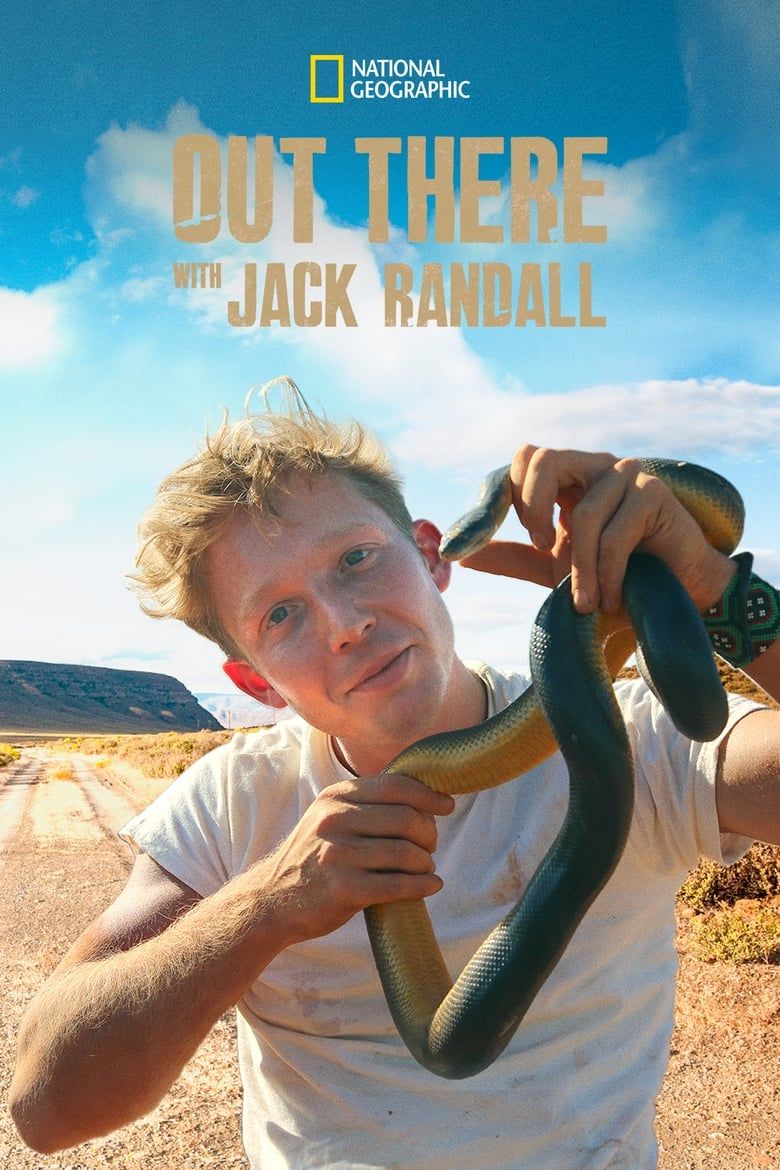
It depends on what you define as “dangerous.”
I started handling animals when I was really young.
Handling animals was something I learned growing up.
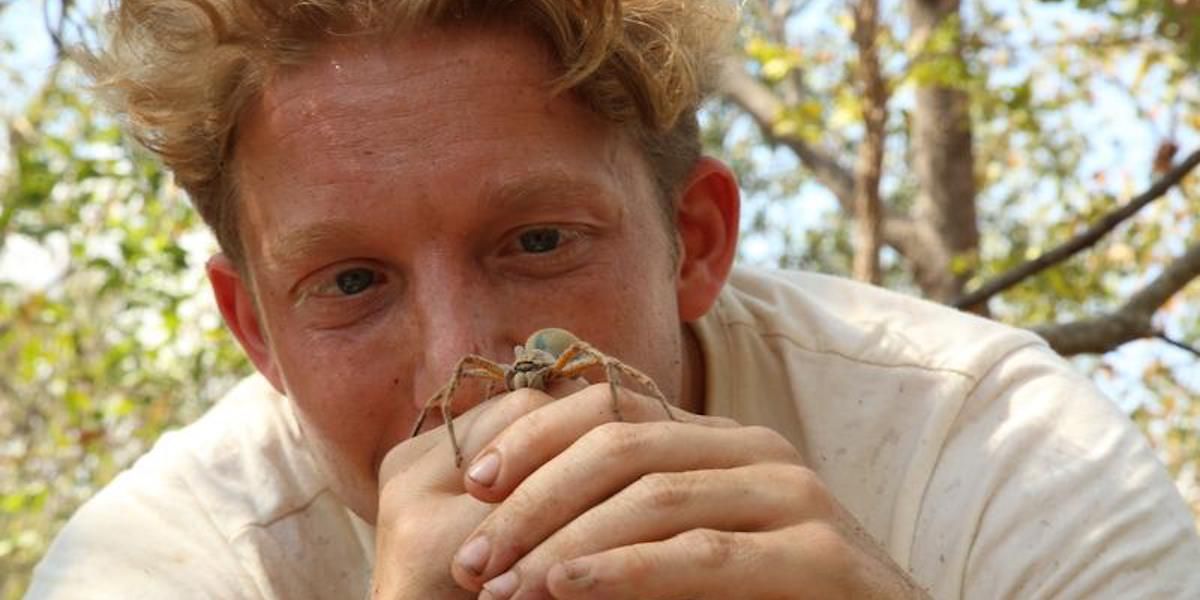
They weren’t “dangerous,” but I remember getting scratched up by lizards.
I remember taking photos, and I remember thinking it was fun, but not actually dangerous.
I handled the most venomous snake in the world (the inland taipan) at the age of 13.
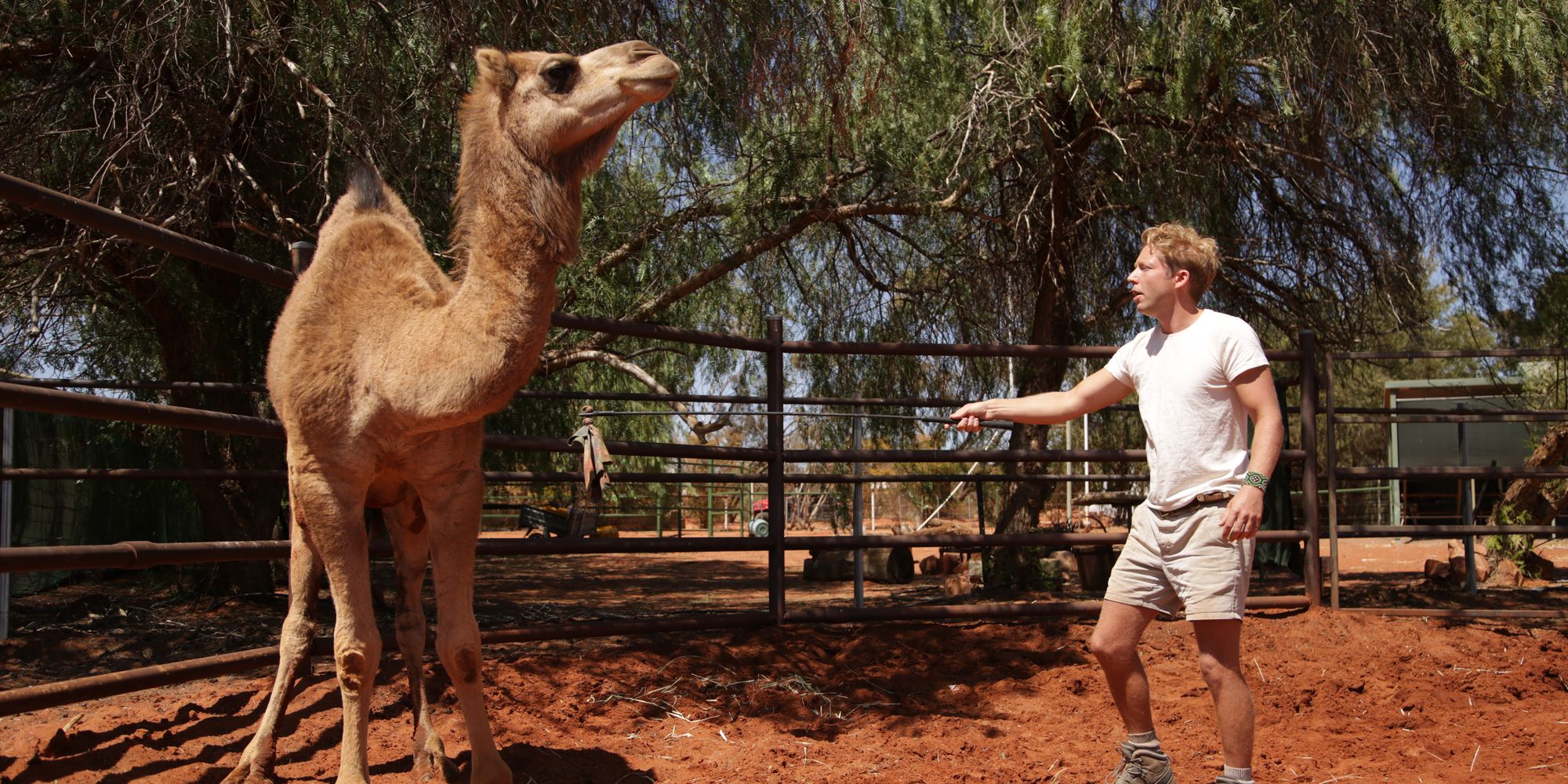
But with animals, it’s more about their temperament which determines whether or not they’re dangerous.
But animals are dangerous depending on their behavior.
Wild animals are more dangerous.
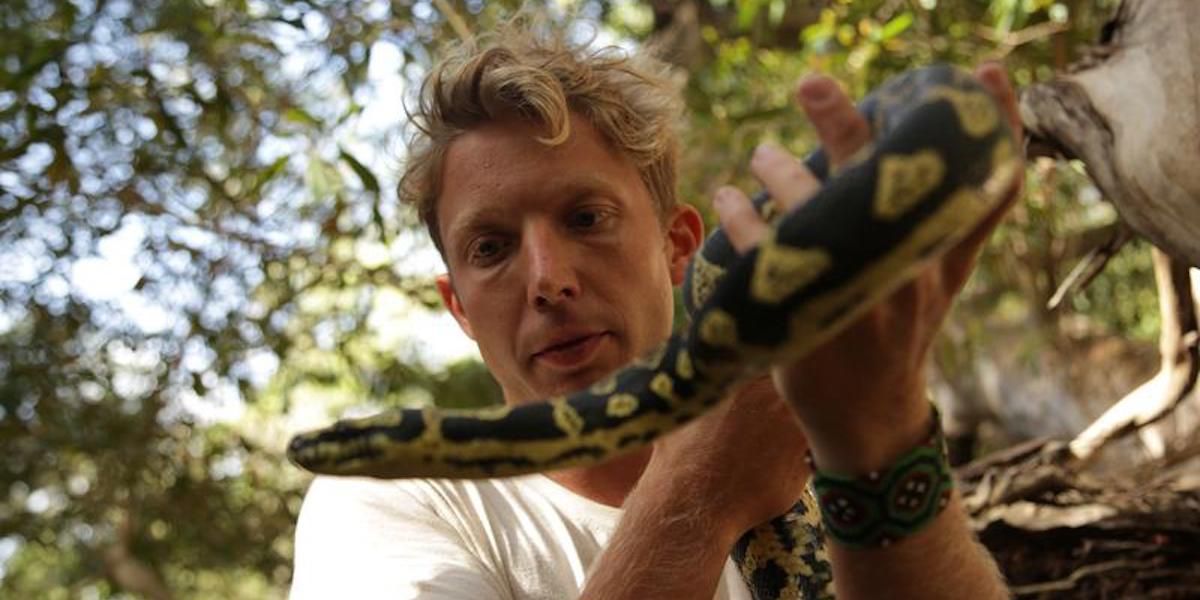
They’re more inclined to be defensive.
I worked with elephants in Africa.
Elephants can potentially be very dangerous.
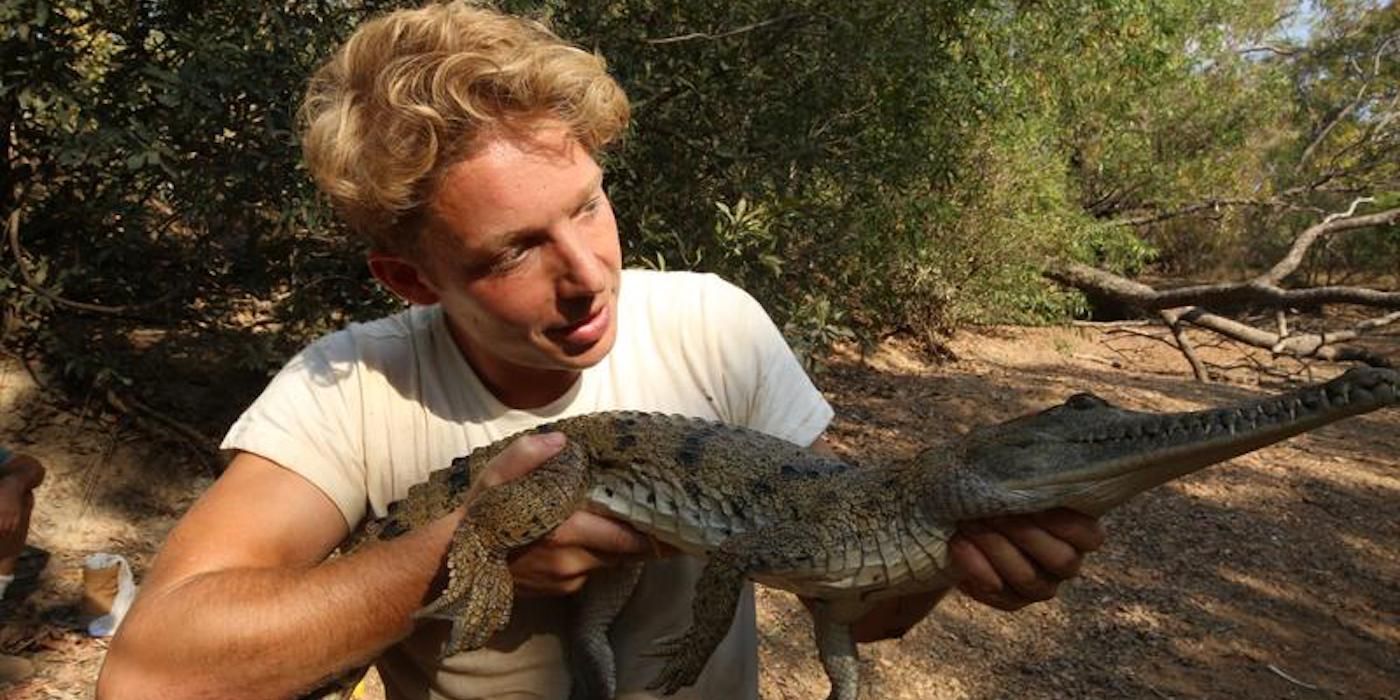
But the thing with animals is, if you give them their space, they’re not actually dangerous.
I don’t get bitten that much, and I’ve never been bitten by a venomous snake.
I tend to not end up in something that I consider to be dangerous.
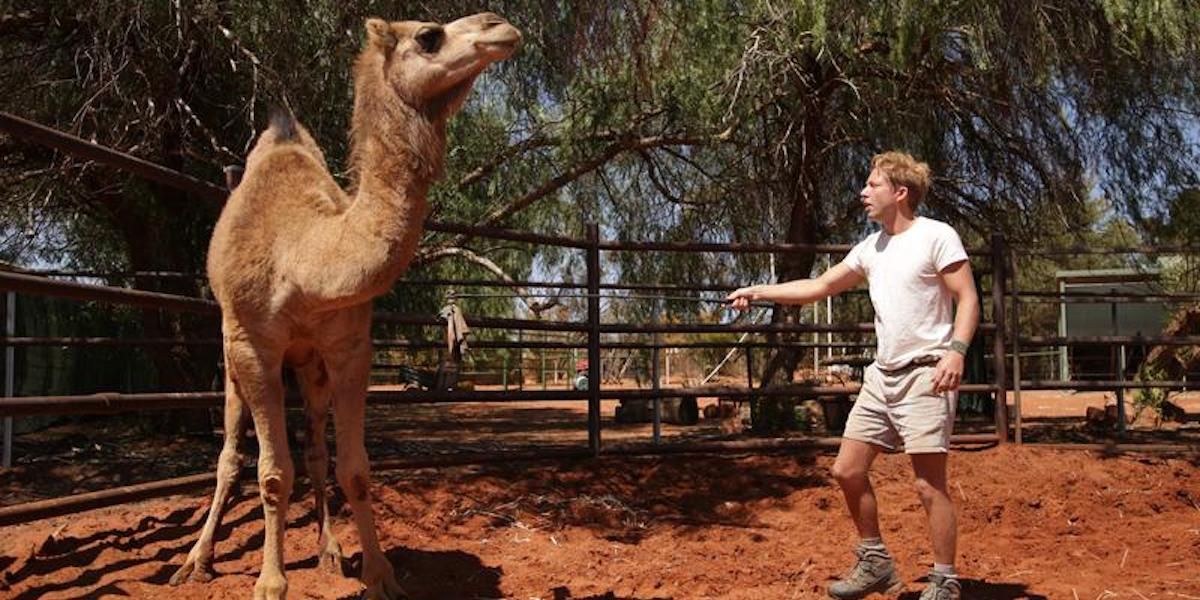
When Steve Irwin gave me that snake to handle it, he didn’t even give me much instruction!
He said to “just stay calm.”
Can you talk about your time working as an apprentice to Steve and how you first met him?
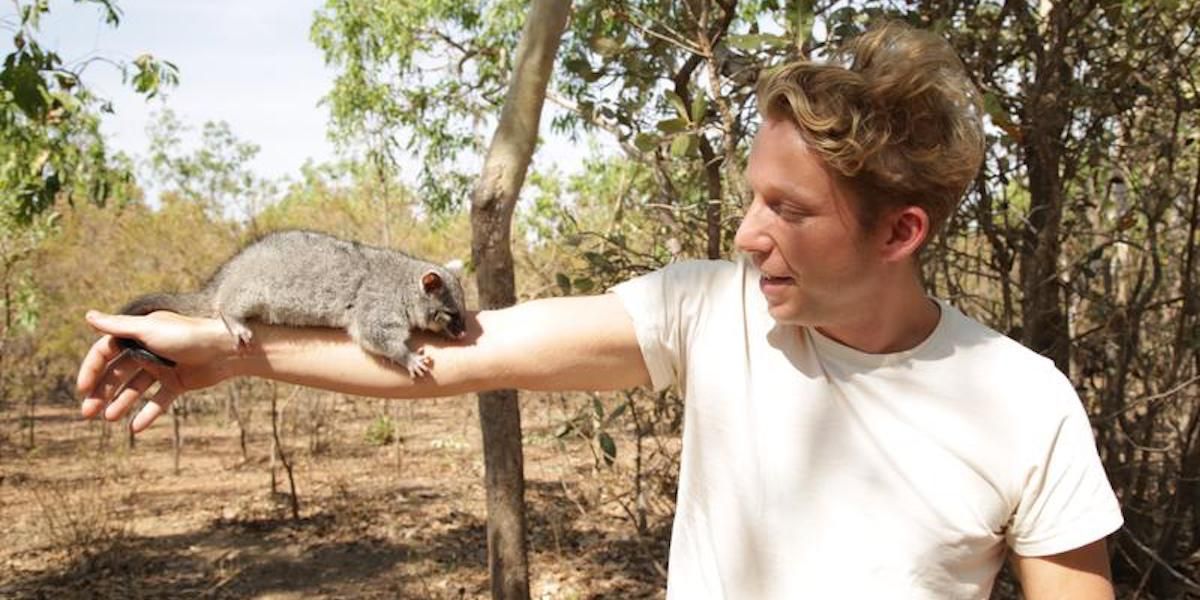
I was working in Mexico.
I was hanging out with a bunch of people who saw that.
And there was somebody who had just recently met Steve, and they helped me meet Steve.

When I first met Steve, I was 13.
The first thing he tole me was, “I hear you love snakes.”
I said, “Yeah, I love them.
I’ve got a pet rat snake.”
He asked, “Have you ever been bitten by it?”
And I said, “Yes, I have been bitten by it.”
Under Steve’s guidance, I learned how to look after and handle reptiles.
He gave me that confidence and skill to handle venomous snakes.
And we went out catching snakes in the wild, as well.
And feeding crocodiles with Steve… All these things I never dreamed of in the U.K.!
Australia has a reputation where every animal is trying to kill you.
Spiders, snakes, dingos.
“The dingo took my baby.”
Today’s modern world has been largely domesticated, or at least that’s the perception.
What is it about Australia that allows it to remain, for lack of a better word, wild?
That’s a good question.
The most venomous spiders in the world live in Australia.
Some of the most venomous snakes in the world.
It doesn’t have traditional predators, like lions in Africa.
But it obviously has saltwater crocodiles, and it has long coastlines with sharks.
All of these creatures…
The reputation is not entirely deserved.
But Australia does have really unique animals.
It’s the land of reptiles.
Lots and lots of reptiles.
Those reptiles have evolved to live in every single area in Australia.
It’s so dry, but animals have managed to survive out in these outback conditions.
Australia really is one of those places where the ecosystems are made for a wild place.
And it’s so remote, as well.
It really is quite amazing.
But I’ve learned things are changing there.
It’s a challenge to the ecosystem of Australian, even though it is quite wild.
The series covers all of these topics, while also making it exciting and interesting and educational.
The funny thing is, you’re able to still see wildlife, even in the city.
I’ve been all over the world, finding wild places.
For me, it’s about studying the biodiversity and exploring those areas and learning all about it.
Some people don’t understand the appeal of tracking these animals, precisely because they’re seen as dangerous.
Apart from the love of these creatures, why, socially, do you do this?
The main reason for doing it is for learning.
I might be showing off an animal, but we’re also doing real research.
In the venomous snakes episode, we’re working with venom researches.
To be a zoologist, to be a biologist, you have to track the animals in the field.
It’s the only way to understand wildlife.
My mission is really to show off wild animals in wild spaces, and to promote them.
Your old show was “Fearless Adventures.”
(Laughs) There are certainly animals I don’t understand.
Before understanding them, I’m more cautious.
I won’t jump into a situation I don’t understand.
It could be dangerous, and it might be a bit scary.
But it doesn’t take that long to get over that.
I’m thinking of an example…
I used to be a little bit… Spiders are a little bit scary.
I first found a lot of big tarantulas in South America.
I’m learning, every single day.
I haven’t been everywhere.
There are different animals all around the world!
That’s such a beautiful way of looking at it.
I’m thinking of how people will see a bug or something and freak out, “Kill it!
But then someone like you would see it and go, “What is that?
Let’s figure out what it is and how we can help.”
That’s so great.
I’m learning, particularly in the invertebrate world.
I’d say my main specialty is still snakes, but I’m learning more about invertebrates.
Particularly spiders and stick insects, like praying mantises.
Some people immediately think, like you said, with the spiders, “kill it!”
But actually, I really love them, now.
I understand them, as you said.
That’s how long they live!
You begin to realize that they’re not just spiders.
There’s real character behind that.
They live lives, despite being really small.
I think all animals should be considered.
I’m told it was a particularly personal episode for you.
Yes, it is a personal episode.
It’s about crocodiles.
I can’t speak for Steve, but I’m pretty confident in saying they were his animal.
He was hugely passionate about crocodiles in a time when most people vilified them.
They are amazing animals.
He instilled a bit of that passion to me.
But before jumping in, he stopped me and looked me in the eye.
He was really really serious.
I can still remember the way he looked at me.
And I said, “I promise.”
And he said, “Okay, cool!”
and we jumped in and fed the crocs.
And he cared for all animals, but crocodiles were his main thing.
And crocodiles aren’t my main specialty, actually.
That’s very important to me.
Thank you so much for your time.
You really are a role model to children and adults of all ages.
That’s really kind.
For me, the younger audience are exactly who I want to be inspiring.
That makes me so happy.
Hopefully I can do that through wildlife TV, making them more curious and inspired about the natural world.
I really believe your work is so important and influential.
Thank you so much, that’s really kind of you.